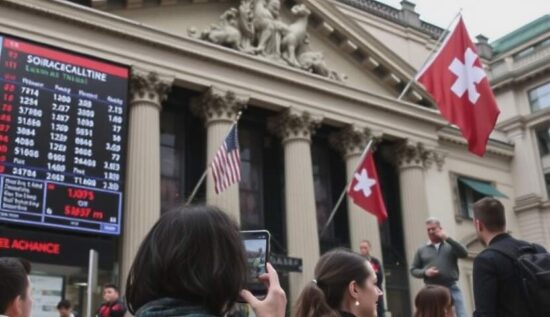Social Media Tweet Can Spark Financial Market Turmoil, Again
A single tweet can stir up financial markets, as seen once more on Monday, when a false report about a 90-day US government pause on tariffs caused market turbulence.
An account named Walter Bloomberg, not affiliated with the renowned news agency Bloomberg, spread the news that President Donald Trump planned a temporary suspension of tariffs, citing Kevin Hassett, the White House economic advisor as the source.
Within minutes, the markets reacted: The S&P 500 index surged by 3.4%, a gain of around $2.4 trillion. However, just 15 minutes later, the White House denied the report, causing the markets to plummet and losing $2.5 trillion in value.
CNBC corrected the error in the same broadcast, but by that time, the news had already caused global unease.
The episode starkly illustrates how social media in combination with unverified information can have extreme effects on financial markets.
Walter Bloomberg, a Swiss financial blogger, runs the X account, reporting on finance and the stock market. His identity is known, as the company has verified him. He admits to living in Geneva and working for a financial company, often taking payment for promoted tweets.
The Swiss blogger, with over 850,000 followers, uses his profile to spread economic news – often by copying headlines from renowned media outlets. The reach of such accounts is further amplified by algorithms, which facilitates the spread of misinformation.
This incident is not an isolated case. In the past, questionable reports on X have sparked intense market reactions. Experts therefore demand stricter regulation of such accounts and a heightened awareness among investors of the risks associated with the uncritical adoption of information from social media.





